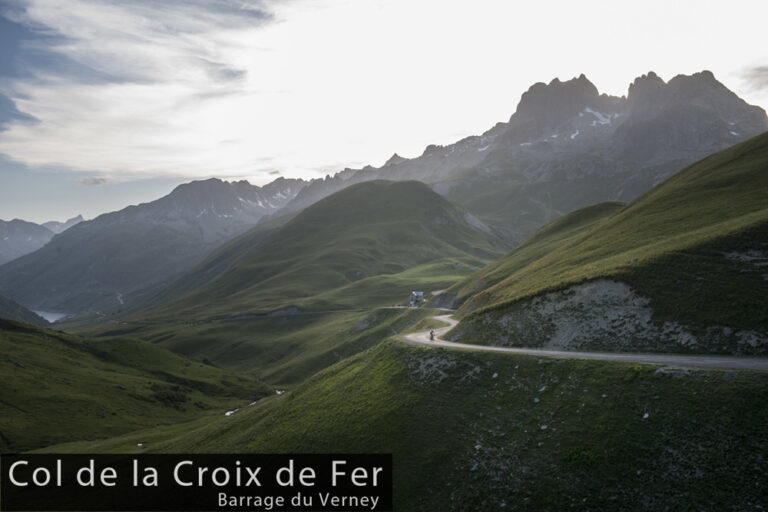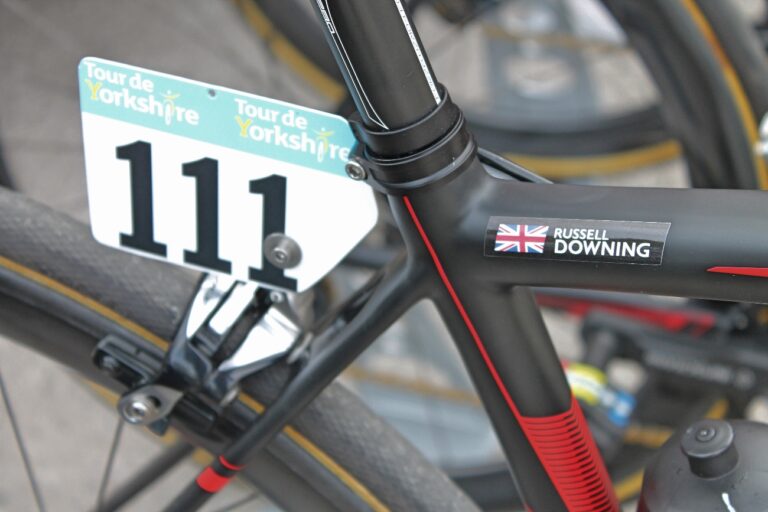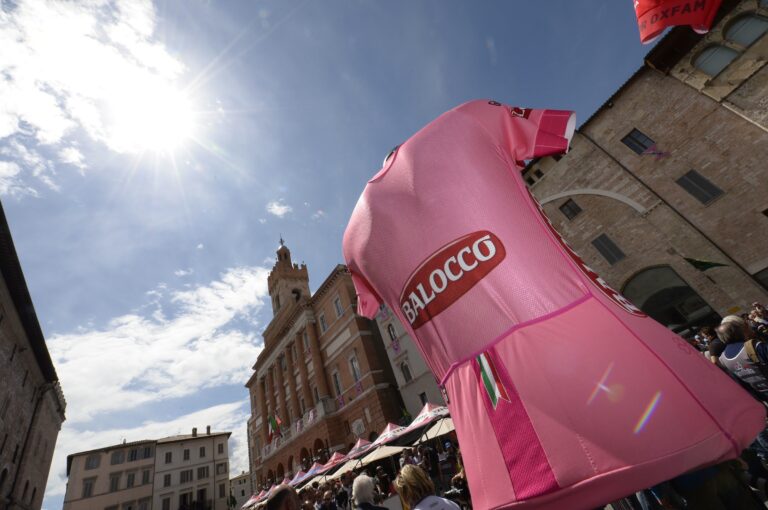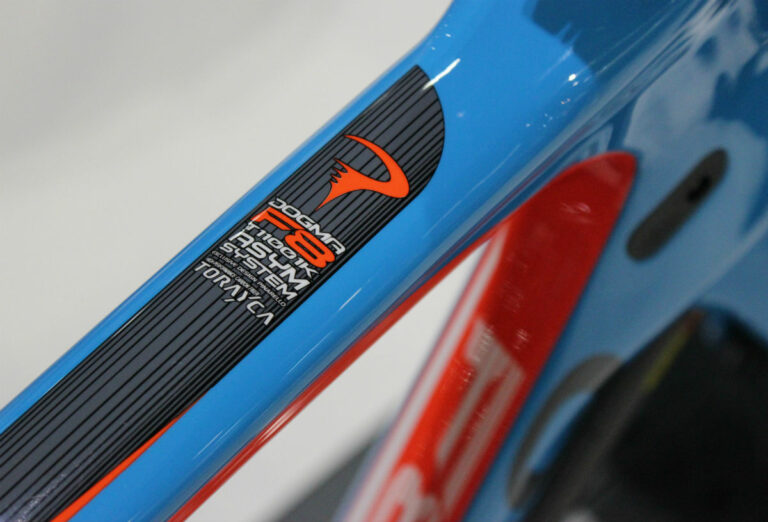Niki Terpstra (Etixx-QuickStep) will return to Paris-Roubaix on Sunday as defending champion, after soloing to victory off the front of a star-studded group 12 months ago.
Now, on the back of second place at the Tour of Flanders, Terpstra will bid to replicate legendary team-mate Tom Boonen – the last man to secure back-to-back wins, in 2008 and 2009.
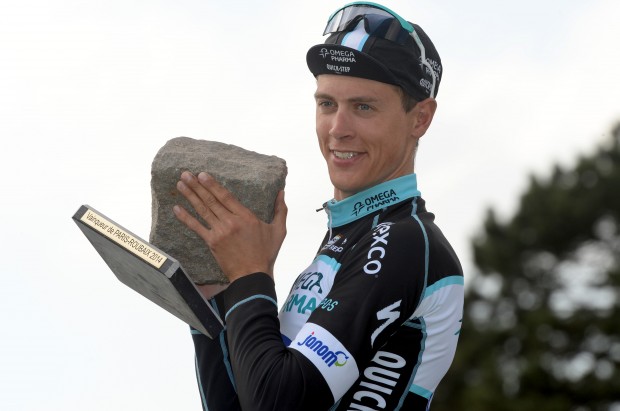
The Dutchman heads an Etixx-QuickStep line-up not short on options, but with Alexander Kristoff (Katusha) in the form of his life and Sir Bradley Wiggins (Team Sky) bidding to leave Team Sky with victory, there is plenty of competition in a race which is often a lottery.
On the eve of Terpstra’s title defence, we caught up with the 30-year-old to recall his 2014 triumph and find out what it takes to win the Hell of the North. Needless to say, it all starts months before D-Day in April.
“If you are too lazy in the winter, you won’t be in shape come the spring,” says Terpstra bluntly. “The basis of my strength in the spring comes from the winter.
“During the winter I set goals to reach certain levels and go step-by-step, checking them off, so that I am at peak fitness by the time of the Spring Classics. You can’t go easy in the winter and then do a good spring – or not me, for sure!”
Terpstra’s winter schedule is varied includes work on the track and training camps in Oliva and Calpe with Etixx-QuickStep, while the Beverwijk-born rider also heads to Majorca and hits the Dutch coast on his mountain bike – all with the aim of building fitness for the start of the season.
“I find that to be the perfect combination,” Terpstra says of his pre-season mix of training camps, time on the track and mountain biking. “On the mountain bike you do the endurance and the power and on the track you get the leg speed and the intensity.”
The Tour of Qatar in February comes as one of the first significant tests of form, with the majority of Classics contenders heading to the desert, and Terpstra now has successive wins under his belt after repeating his 2014 success earlier this year.
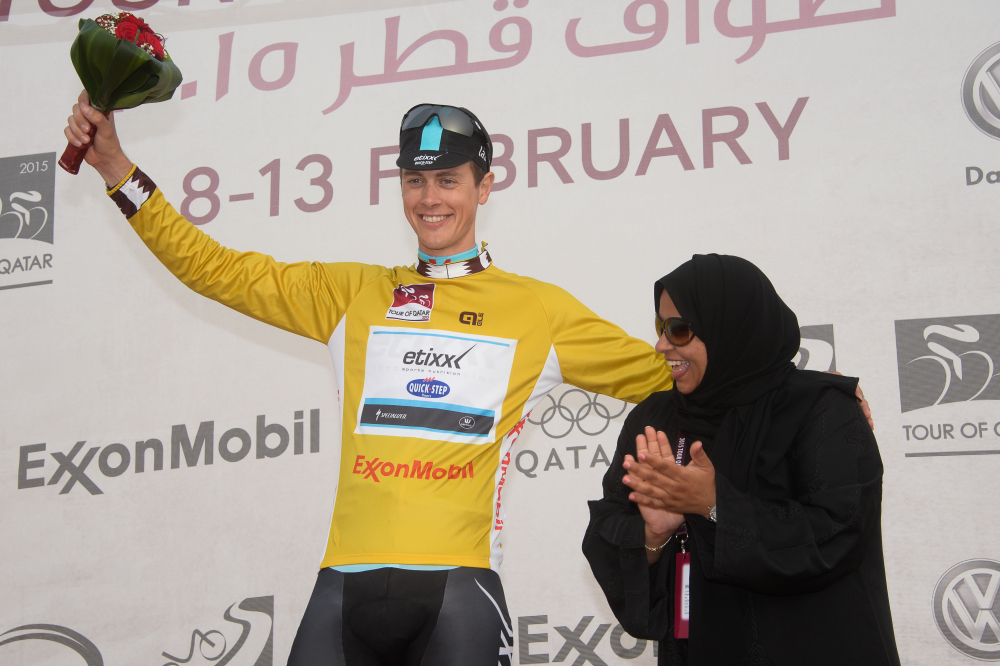
Terpstra has taken that form into the Classics, placing second at the Omloop Het Nieuwsblad, Gent-Wevelgem, Ronde van Zeeland Seaports and, last weekend, the Tour of Flanders. He has made the cobbles his specialty and attacking the pavé with confidence and power is a skill like none other in cycling.
“First of all make sure you have your handlebar locked in your hand pretty well and then push hard – but don’t sprint on the cobbles,” he says.
“Just push the power evenly and try to maintain a steady steed. If you slow down, or go too slow then you are bumping against every stone whereas if you have the speed right you will be jumping over them and you will build up to the rhythm you need.”
However, raw power is only part of the package at Paris-Roubaix, a race where the ability to fight for = and maintain – position at the front of the peloton is absolutely vital ahead of each of the 27 pavé secteurs.
Push hard but don’t sprint on the cobbles. Just push the power evenly and try and maintain a steady speed
Terpstra and his Etixx-QuickStep team-mates have proved themselves time and again to be masters of controlling the bunch and placing riders in the mix at the Classics, and Terpstra say it’s something which dominates team meetings.
“The most important thing is to start in front of the peloton in these sections between the cobbles,” he explains. “Riding with Etixx-Quickstep, we are specialists in getting in front for the important sections and our team meetings are based around this.
“We always know where we have to be, in the right moments and in the right places. The team directors play an important role in this before the race but we also know it ourselves.
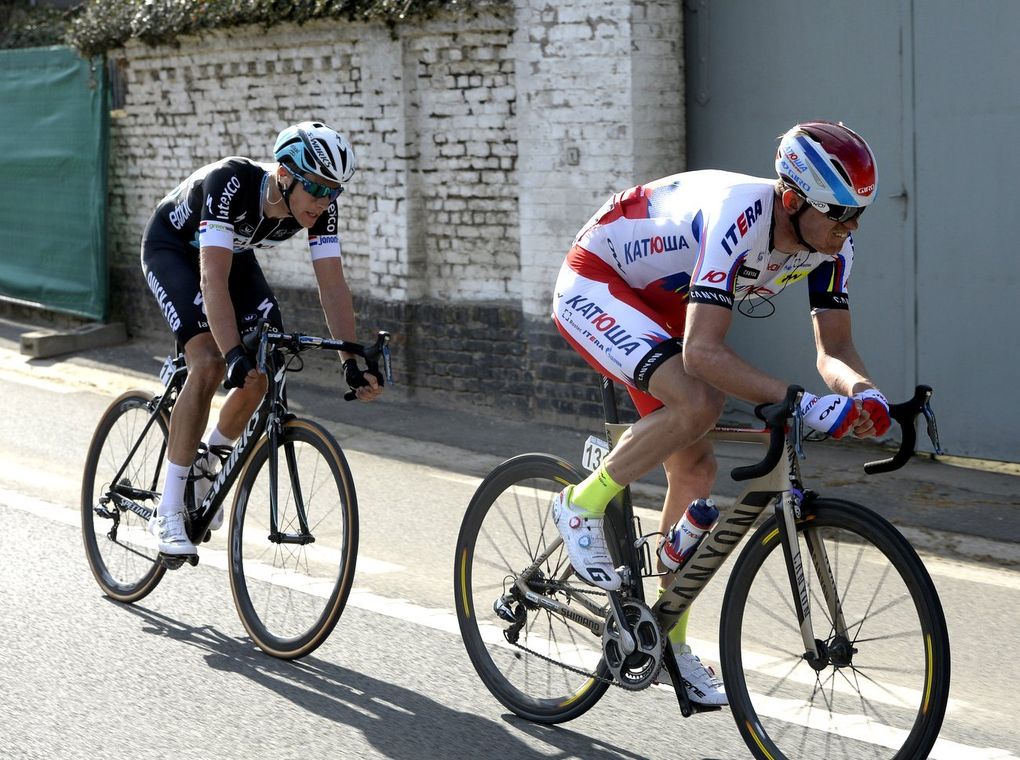
“We know the courses and we have a good feel for the races and how they play out. Being able to hit the front in the right moments is a big advantage.”
However, the team has come in for tactical criticism at times this season – not least after the defeat to Ian Stannard at the Omloop Het Nieuwsblad, when three Etixx-QuickStep riders outnumbered the Team Sky man but failed to emerge with the win.
But Terpstra knows from his Paris-Roubaix victory that most race-winning – or losing – decisions can only be made in the split second. Thinking back to 12 months ago he says the decision to attack when he did, five kilometres from the finish after repeated attacks from team-mate Tom Boonen had led to an elite final selection forming, was never planned beforehand.
You don’t plan an attack like the one I launched last year to win Paris-Roubaix. It was in the moment. You feel it
Leaving Classics legends Boonen and Fabian Cancellara (Trek Factory Racing) behind, and the likes of Team Sky duo Wiggins and Geraint Thomas, Terpstra used his time trial pedigree to ride solo into Roubaix and onto the top step of the podium.
“You don’t plan an attack like the one I launched last year to win Paris-Roubaix,” he says. “It was in the moment. You feel it.
“On that moment, I just thought that could be a big moment to go. My DS was on the radio in my ear and he echoed that, he just said ‘this could be the moment Niki’.
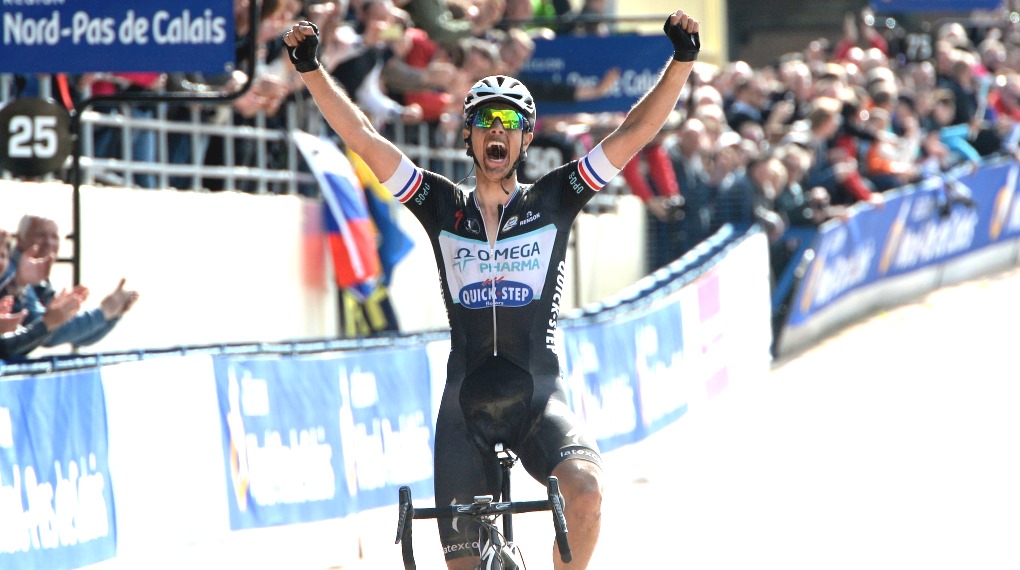
“It wasn’t planned but you have to feel the moment when it comes. You can’t say ahead of the race, ‘this will be the right moment’. “Every race is different and you have to be able to spot the opportunities. Such decisions can be made in a split second and pay off.”
Last year, Terpstra was allowed to slip under the radar to take victory – with most eyes having been on team-mate Tornado Tom. This time out, however, all eyes will be on the Dutchman, but with the winning formula of a strong winter, mastery of the cobbles, expert support from a team which specialises at the Classics and a keen eye for opportunity, it’s unlikely he will be afforded such a luxury this time out.
Niki Terpstra rides for Etixx-QuickStep. For more information about Etixx, the sports nutrition brand, visit www.etixxsports.com.


